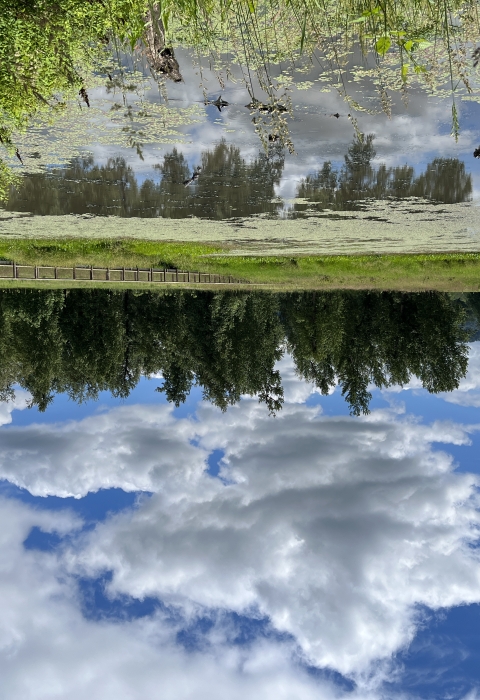The U.S. Fish and Wildlife Service today announced a final revised Mitigation Policy that will guide its review of potential impacts of land and water development projects on America’s wildlife and their habitats. Through this policy, the Service will help others mitigate (avoid, minimize and compensate) for a project’s impacts to species and their habitats. This update of the Service’s longstanding Mitigation Policy, which has guided agency recommendations since 1981, will provide a broad and flexible framework to facilitate conservation that addresses the potential negative effects of development, while allowing economic activity to continue.
The revisions implement a recent Presidential Memorandum directing certain federal agencies to adopt a common set of best practices to minimize the harmful impacts to wildlife and other ecological resources caused by land- or water-disturbing activities, and to ensure that any remaining harmful effects are appropriately addressed or mitigated. The revisions also implement a recent Secretarial Order on improving mitigation policies and practices within the Department of the Interior.
“Development without any consideration for the needs of wildlife and their habitats serves no one’s long-term interests,” said Service Director Dan Ashe. “But with robust mitigation, economic activity can move forward and still meet the highest conservation standards. As we look for ways to address the daunting challenges of the 21st century, this policy will help both us and project proponents successfully and strategically offset impacts to fish and wildlife and help maintain healthy ecosystems.”
The revised policy is intended to be a single umbrella policy under which more detailed Service policies or guidance documents covering specific activities may be issued in the future. It expands the focus of mitigation to address larger-scale stresses such as climate change climate change
Climate change includes both global warming driven by human-induced emissions of greenhouse gases and the resulting large-scale shifts in weather patterns. Though there have been previous periods of climatic change, since the mid-20th century humans have had an unprecedented impact on Earth's climate system and caused change on a global scale.
Learn more about climate change and invasive species invasive species
An invasive species is any plant or animal that has spread or been introduced into a new area where they are, or could, cause harm to the environment, economy, or human, animal, or plant health. Their unwelcome presence can destroy ecosystems and cost millions of dollars.
Learn more about invasive species that can work in tandem with development to adversely affect wildlife.
The policy applies to all authorities under which the Service can make mitigation recommendations, including the Service’s authority to protect species listed under the Endangered Species Act, which was excluded from the 1981 policy. It also establishes a goal of achieving a net conservation gain, or at a minimum, no net loss, when recommending project mitigation, whenever the situation merits and doing so is allowed by law.
The revised policy establishes a new approach that will promote the most effective and efficient mitigation measures to be implemented across the landscape. This will require improved collaboration and coordination between all interested parties and effective integration of mitigation planning and landscape-level conservation strategies.
The revised policy will become effective upon publication in the Federal Register on November 21, 2016.
For more information, please visit: https://www.fws.gov/program/conservation-planning-assistance.



